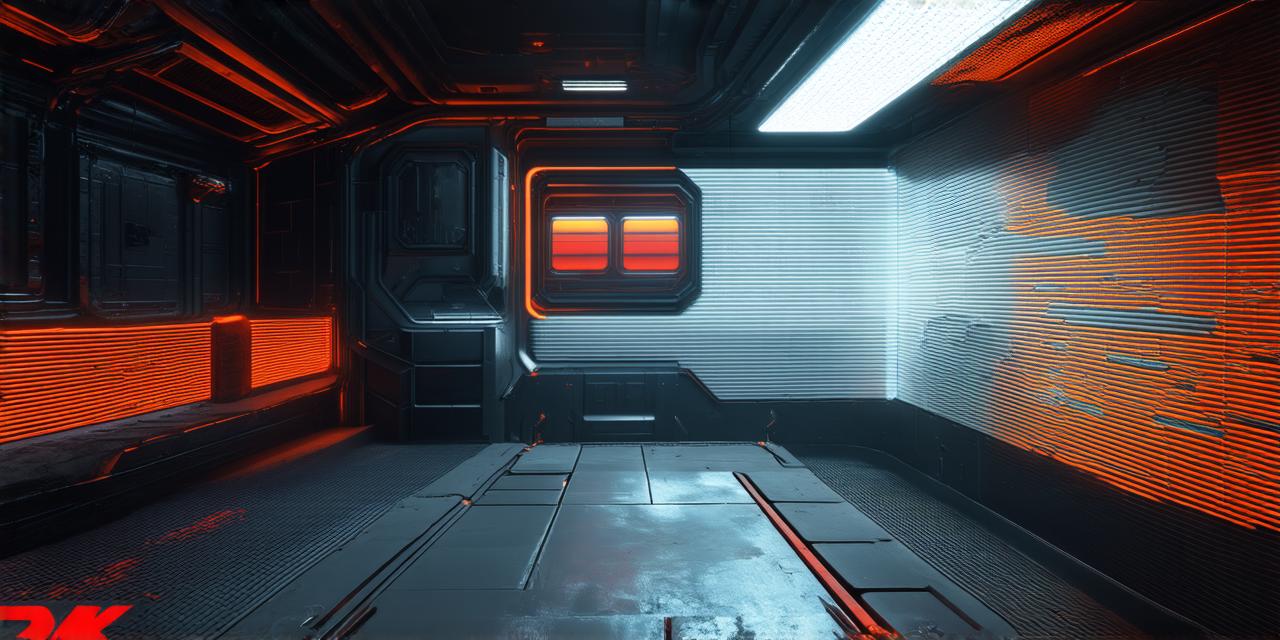Introduction:
Unreal Engine is a powerful game engine that has been used to create some of the most stunning and immersive games out there. While it’s primarily known for its 3D capabilities, Unreal Engine also offers robust 2D development tools that allow developers to create engaging and interactive experiences with less processing power and memory requirements.
Part I: Understanding Unreal Engine’s 2D Development Capabilities
Unreal Engine has been designed to offer a seamless transition from 2D to 3D development. While it excels in 3D graphics, it also offers an extensive range of 2D features that make it easy for developers to create engaging and interactive games with less processing power and memory requirements. Some of these features include:
- Blueprint Visual Scripting: Blueprint visual scripting is a powerful tool that allows developers to create complex game logic without having to write any code. It uses a visual interface that makes it easy for developers to create custom flowcharts, which can be used to create interactive experiences and control the behavior of game objects.
- 2D Animation: Unreal Engine offers a range of powerful animation tools that allow developers to create fluid and natural animations for their characters and objects. These include skeletal and sprite-based animations, particle systems, and more.
- Tilesets: Tilesets are pre-designed images or textures that can be used to create backgrounds and other 2D elements in a game. Unreal Engine offers a range of tilesets that can be customized and used to create engaging and interactive game worlds.
- Physics: Unreal Engine offers powerful physics simulation tools that allow developers to create realistic and dynamic gameplay mechanics. This includes support for 2D physics, which allows developers to create engaging and interactive gameplay experiences with less processing power and memory requirements.
Part II: Best Practices for 2D Game Development in Unreal Engine
While Unreal Engine offers a range of powerful tools for 2D game development, there are also some best practices that developers should follow when using the engine. These include:
- Optimize Your Game for Performance: While Unreal Engine offers powerful graphics and physics simulation capabilities, it’s important to optimize your game for performance to ensure that it runs smoothly on lower-end systems. This includes reducing the number of polygons in your models, using low-poly textures, and minimizing the number of draw calls.
- Use Efficient Data Structures: Unreal Engine offers a range of data structures that can be used to optimize game performance. These include arrays, lists, and hash tables, which can be used to store and retrieve data efficiently.
- Write Clean and Efficient Code: While Unreal Engine offers a range of tools for game development, it’s important to write clean and efficient code to ensure that your game runs smoothly and performs optimally. This includes using best practices for coding, avoiding unnecessary memory allocations, and minimizing the use of global variables.
- Use Version Control: Unreal Engine supports version control systems like Git, which allows developers to track changes to their code and collaborate with other team members more effectively.
- Test Your Game on Multiple Platforms: Unreal Engine supports a range of platforms, including Windows, Mac, Linux, iOS, Android, and more. It’s important to test your game on multiple platforms to ensure that it runs smoothly and looks great on all devices.
Case Study: Creating a 2D Puzzle Game in Unreal Engine
Unreal Engine has been used to create some of the most engaging and interactive games out there, and it can also be used for 2D game development. One example of this is the creation of a 2D puzzle game called “The Room.
